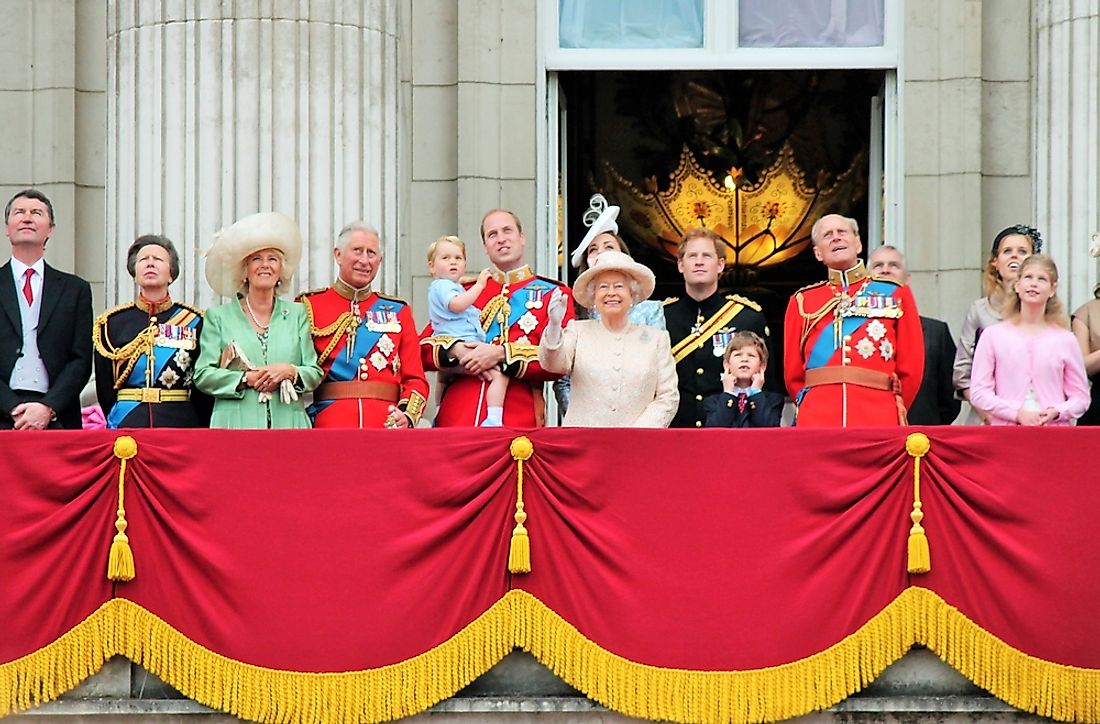Traditional Birthing Rules Of The UK Royal Family

The British royal family has been in power for a very long time. Over the years, there have been plenty of people born into the family. Some of them went on ahead to rule the United Kingdom while others have not. However, regardless of the roles that the newborn plays, there are certain traditions that follow every child born into the royal family. Some of these rules may be considered outright strange by most people, but they have to be followed. Currently, the Duchess of Cambridge, Kate Middleton, is set to give birth to her third child (after bearing Prince George and Princess Charlotte) together with her spouse, Prince William.
The Rules And Traditions
Among the many traditions, a home birth is a must for a baby into the family. However, this tradition has not been particularly observed since Princess Dianna gave birth in a hospital. The same happened for Kate Middleton for her first two babies although she may consider a home birth for the third. Wherever the baby is born, a witness is usually available to ensure that the child is indeed a royal and not a replacement in case a switch is made if there is a stillbirth. The witness is usually not a member of the family, and the fathers were not allowed to get into the delivery room. Recently, most royals have decided to do away with this tradition and begin allowing the fathers into the room.
Another tradition states that the queen has to be the first person to be informed that a child has been born into the royal family. Reports state that Prince William called his grandmother to inform her of the birth of Prince George. After that, the town crier, Tony Appleton, announces the births of the children. Both Prince George and Princess Charlotte had their births announced. The roots of a crier trace back to times when people were illiterate.
The details of the birth are kept a secret. The midwives are sworn to secrecy about the birth. Most royals used midwives until Duchess Kate elected to have a doctor instead of midwives during the birth of Prince George. The duchess switched back to the tradition of midwives for her second birth although doctors were also present. The gender of the child is unknown even to the couple until birth. Even the pregnancy itself is not announced immediately, the royal traditions state that the pregnancy is announced after around twelve weeks.
Upon birth, after the queen has been informed and a date chosen, an announcement is made to the world in front of Buckingham Palace. The announcement only says the gender of the child, not the name. The name is usually determined after the gender announcement. The new baby is also welcomed with a gun salute involving 41 guns at Green Park and 62 guns at the Tower of London. After the birth, the husband traditionally takes a paternity leave from work.
Other traditions include choosing three or four first names for the baby and picking out around six godparents. For example, Princess Charlotte goes by Her Royal Highness Princess Charlotte of Cambridge and has five godparents.







